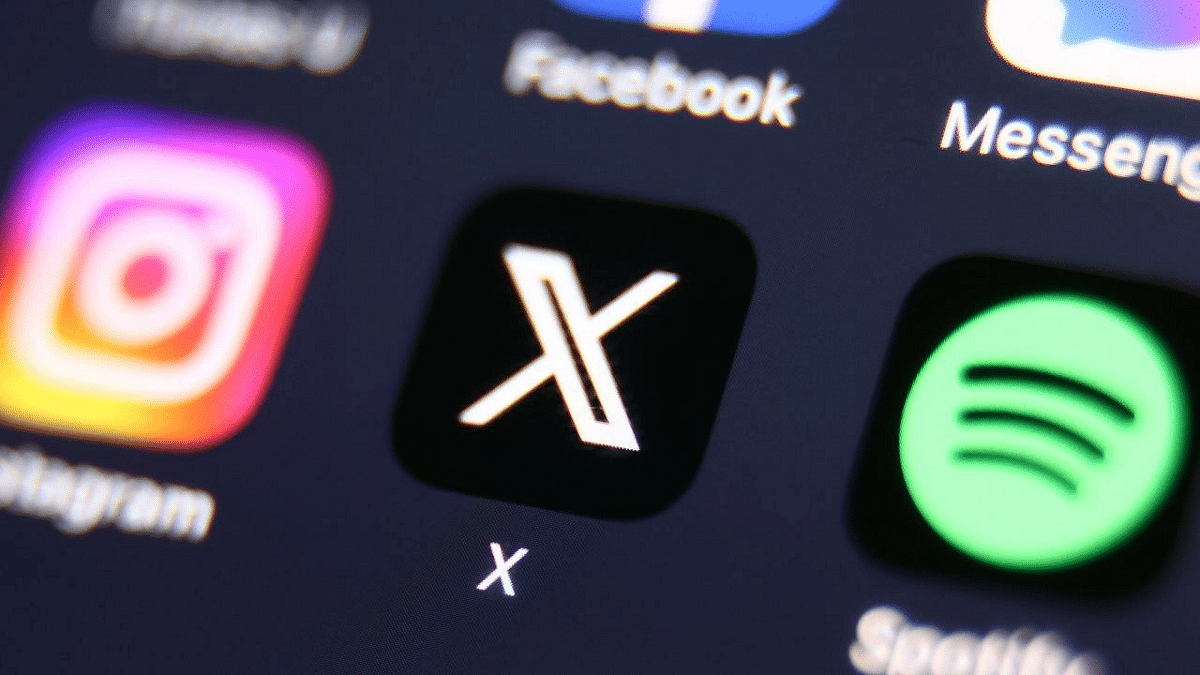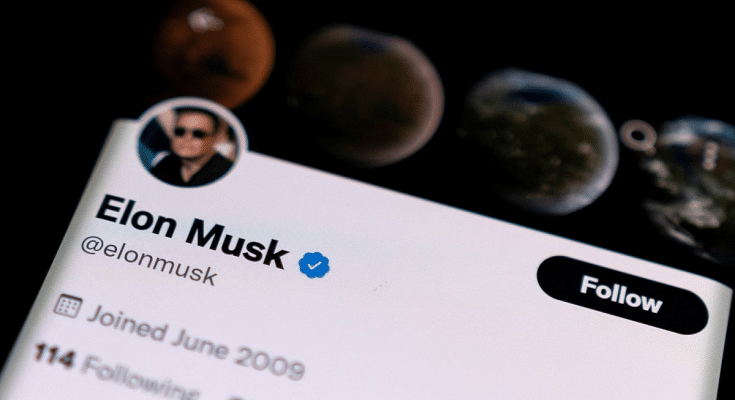Key Highlights
- Twitter’s making new users pay a small fee
- Elon Musk backs it to fight spam and fake account
- Test-run in New Zealand and the Philippines
Twitter, or X as it’s sometimes called, has announced a big change: new users will have to pay to join. Elon Musk broke the news, saying that from now on, people who sign up for X will need to pay a “small” fee. This fee covers everything from liking and posting to replying and bookmarking tweets. Also Read | Planning To Leave Twitter? Here Are The Best Twitter Alternatives To Download
Spotting The Shift

The first to catch wind of this change was an account called X Daily News. They noticed that the text on the website had been updated. Now, it says that new users will have to pay a small yearly fee to use the social network.
Where It’s Happening
According to X Daily News, this payment policy was already happening in New Zealand and the Philippines. They say it was a test to see if it could help stop spam and make the site better for everyone.
Musk’s Take
Elon Musk chimed in on Twitter, explaining that charging new users is the only way to stop the flood of bots. Bots are automated accounts that can do things like post spam. Musk worries that bots are taking up all the good usernames and making it hard for real people to join.
While Musk thinks charging will help fight spam, he hasn’t said exactly how it will work. Some people worry that spammers might just pay the fee or make lots of accounts to keep sending spam. Plus, some users might not want to join X if they have to pay when other social networks are free.
Also Read | Instagram Threads: What Is It And How To Use Meta’s Twitter Alternative
The Price Tag
The fee seems to be around $1, since it’s $1.75 in New Zealand money. Right now, only people in New Zealand and the Philippines have to pay.
Musk’s Concerns
Elon Musk has been speaking out about spam and bots on Twitter for a while. He’s worried that the ads on Twitter make it easy for fake accounts to thrive. Musk thinks that Twitter might be exaggerating how many real users it has, which could trick advertisers and investors.
